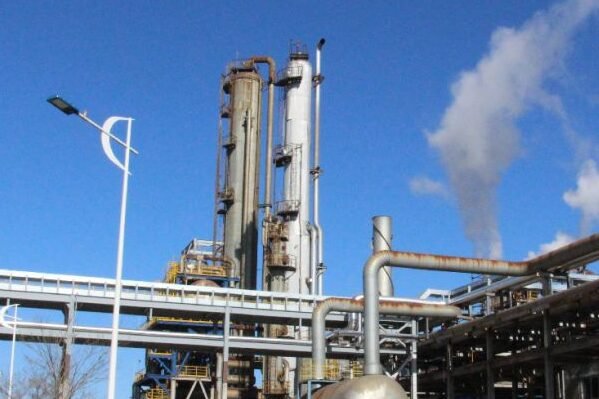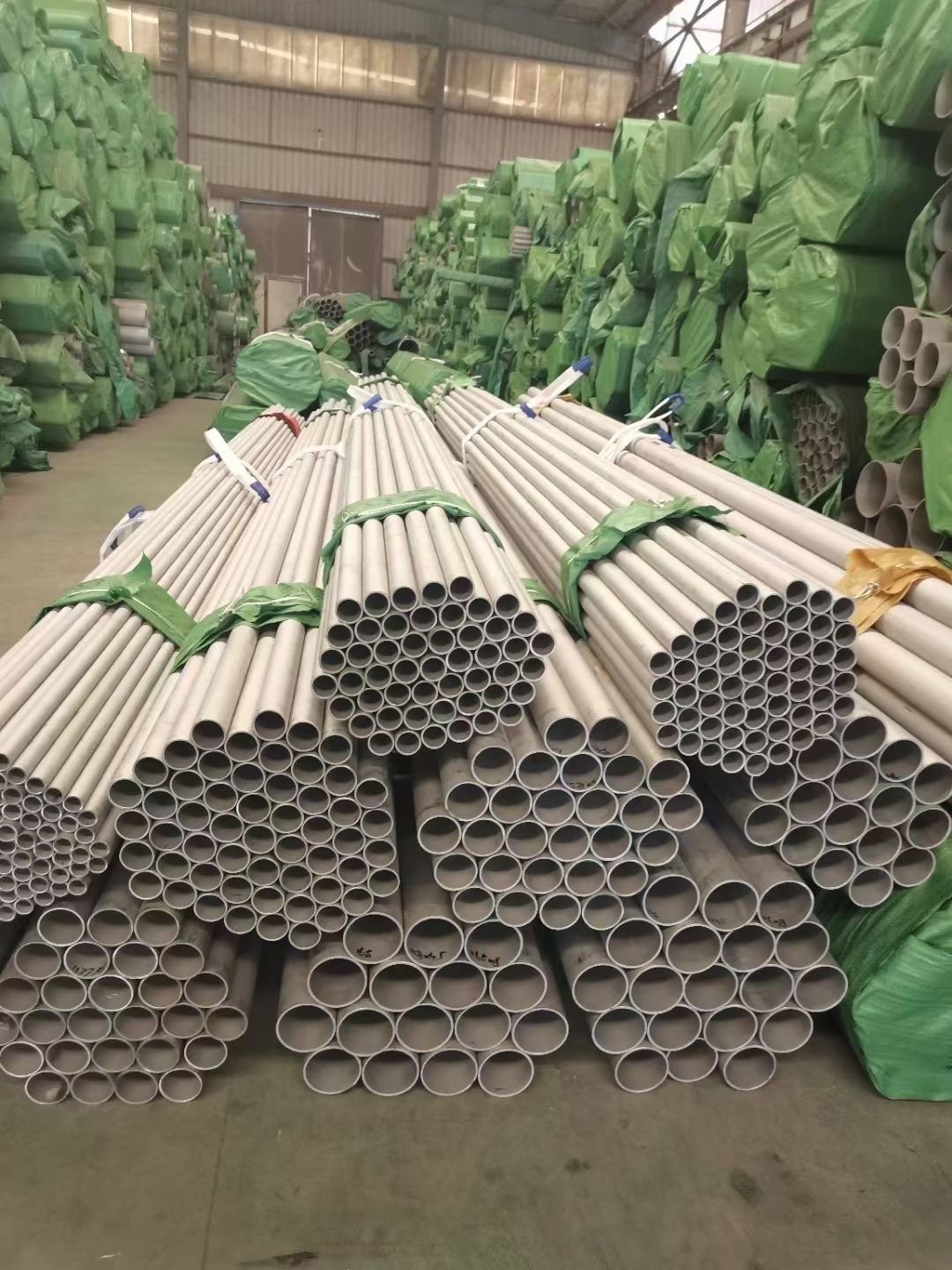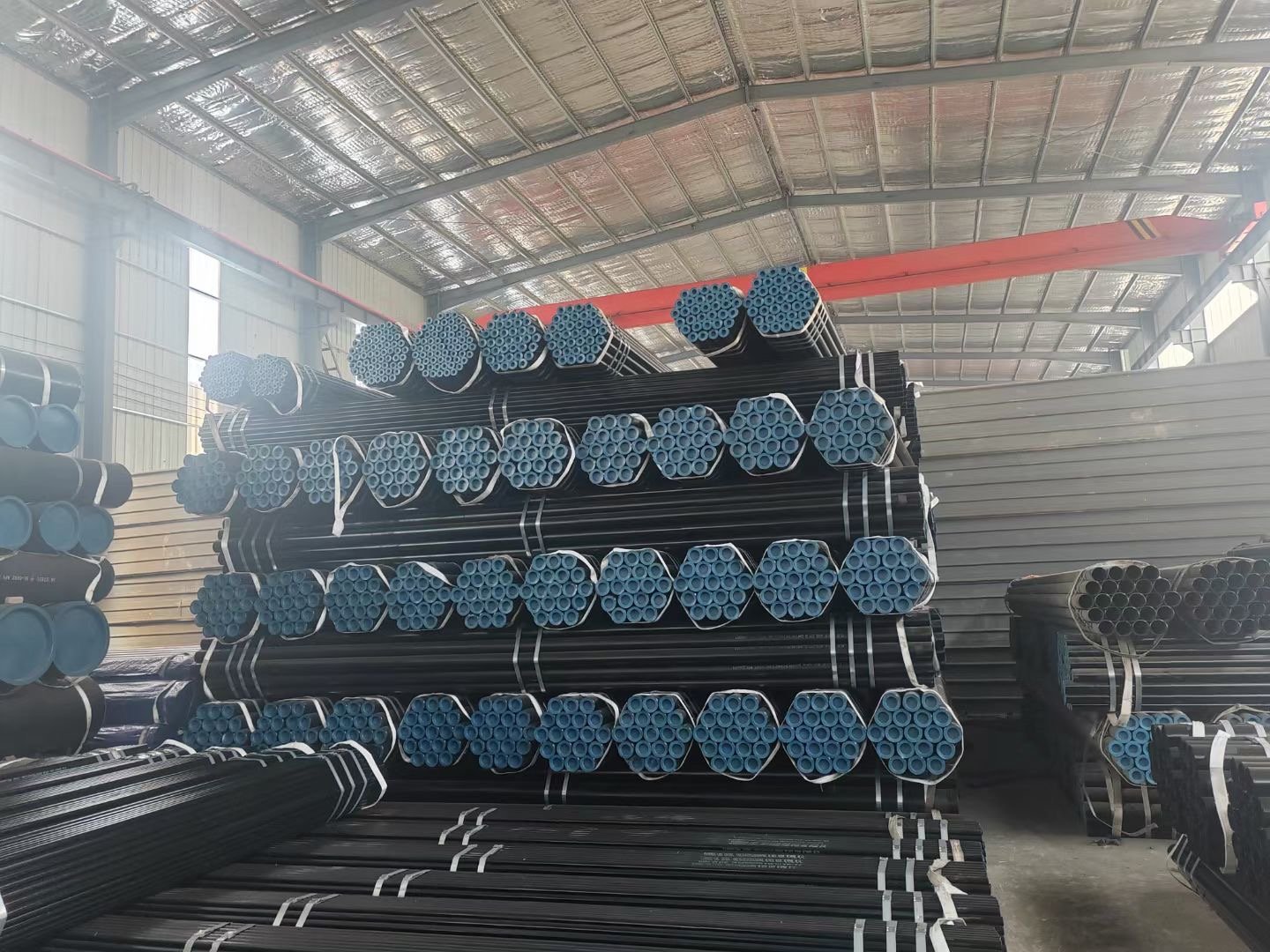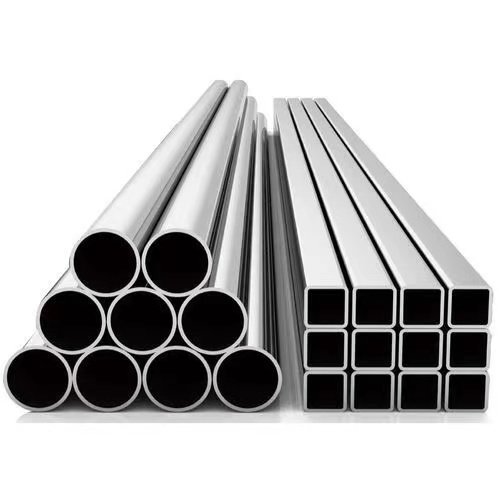304 Stainless Steel, with its 18% chromium and 8% nickel composition, is widely used for its balance of corrosion resistance and affordability, ideal for standard environments and various industrial applications.
316 Stainless Steel adds 2-3% molybdenum to the mix, enhancing its resistance to chlorides and harsh chemicals, making it a preferred choice for marine, pharmaceutical, and food processing environments.
While 304 is cost-effective for general use, 316’s superior corrosion resistance makes it more suitable for situations with high exposure to corrosive elements, justifying its higher cost.
Both 304 and 316 stainless steels are 300 series and share fundamental qualities such as excellent weldability, high strength, and notable corrosion resistance. These alloys are renowned for their durability and versatility across a wide range of applications, from industrial equipment to everyday consumer products.
Detail differences and applications:
304 Stainless Steel
- Composition and Properties: 304 stainless steel contains 18% chromium and 8% nickel, making it highly resistant to oxidation and corrosion. Its excellent weldability and formability make it suitable for various manufacturing processes.
- Common Applications: This grade is extensively used in kitchenware, automotive parts, architectural elements, and general industrial equipment. Its resistance to most environmental conditions, except for areas with high chloride exposure, makes it a versatile choice.
- Cost-Effectiveness: 304 is generally more affordable compared to 316, mainly because it does not contain molybdenum. This cost advantage makes it a popular choice for projects where high corrosion resistance in chloride environments is not a primary concern.
316 Stainless Steel
- Composition and Enhanced Corrosion Resistance: 316 stainless steel includes 2-3% molybdenum, which greatly increases its resistance to chlorides and acidic environments. This addition makes it more resistant to pitting and crevice corrosion, particularly in saline or chloride-exposed settings.
- Specialized Applications: Preferred in harsher environments, 316 is ideal for marine applications, chemical processing equipment, pharmaceutical manufacturing, and food processing industries. Its enhanced corrosion resistance is critical in preventing contamination and maintaining material integrity in these settings.
- Cost and Considerations: Due to the inclusion of molybdenum, 316 is more expensive than 304. However, this cost is justified in applications where durability and resistance to harsh chemicals are paramount. It’s an investment in longevity and reliability in corrosive environments.
Decision Factors
- Environmental Exposure: Choose 316 for high chloride and acidic environments; 304 suffices for general use.
- Budget Considerations: Opt for 304 for cost savings when extreme corrosion resistance isn’t necessary.
- Application Requirements: Consider the specific requirements of your project – if it involves food safety, chemical exposure, or marine elements, 316 is likely the better choice.







